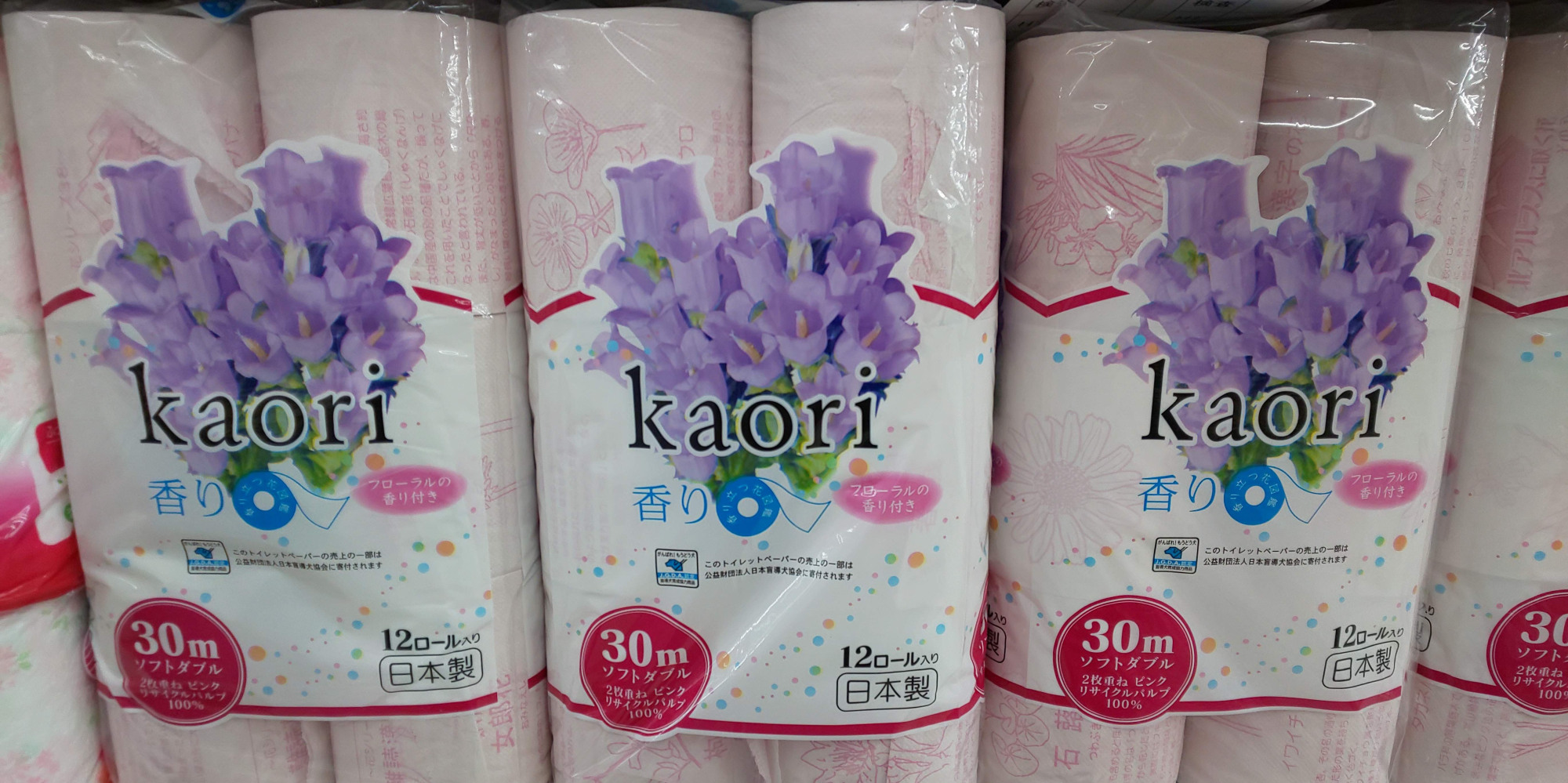The world is full of smells. Good smells and bad smells, pleasant and unpleasant smells, fragrant and pungent smells. Though the nose is not our most reliable advisor in perception — eyesight is far more important, as is well known — smells clearly have a say in our view of the world. And there is quite a lot to say about them, too.
In Japanese, the most neutral term for verbalizing what only the nose sees is the noun 匂い (nioi, smell). It has a wide applicability, capturing both the smeller and the "smellable." To start with the former, a distinction must be made between the intentional act of inhaling the odor of something, which is 匂いを嗅ぐ (nioi o kagu, to sniff something), and the act of being smelly oneself, which is expressed by the verb 匂う (niou). In English, both receiver and emitter just smell.
As to the latter, 匂い attaches to any real or perceived source of a smell, such as 醤油の匂い (shōyu no nioi, the smell of soy sauce), 学校の体育館の匂い(gakkō no taiikukan no nioi, the smell of a school gym), or 雨上がりの道路の匂い (ameagari no dōro no nioi, the smell of asphalt after rain). The noun normally combines with the verb する (suru, to do), as in, say, 足の匂いがする (ashi no nioi ga suru, it smells like feet) or ブルーチーズの匂いがする (burū chiizu no nioi ga suru, it smells like blue cheese). Sometimes it's difficult to tell the difference.


















With your current subscription plan you can comment on stories. However, before writing your first comment, please create a display name in the Profile section of your subscriber account page.